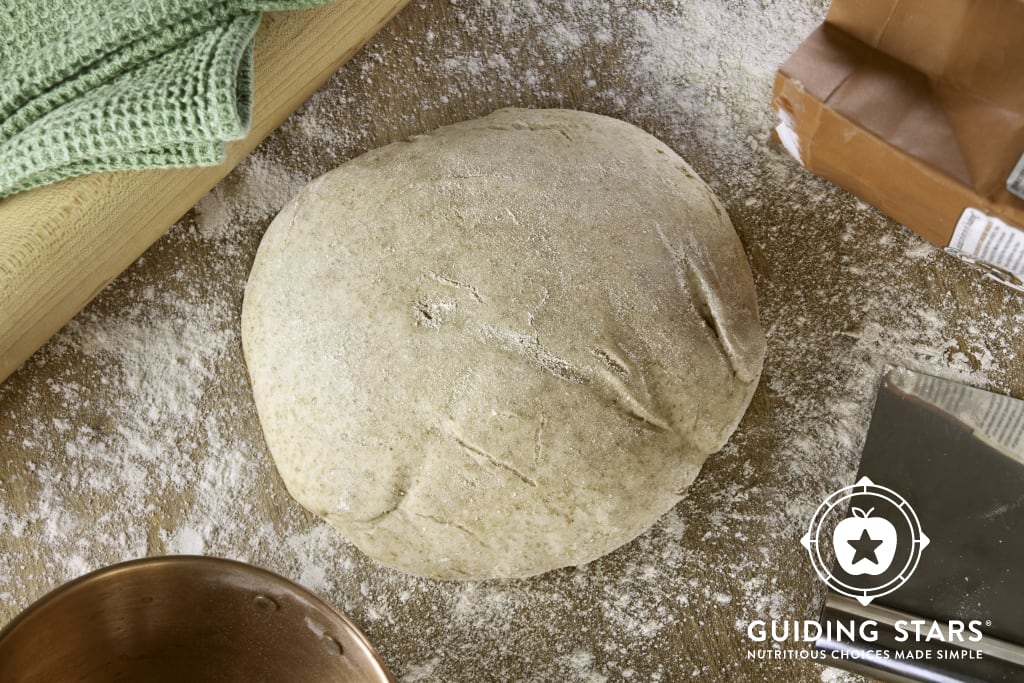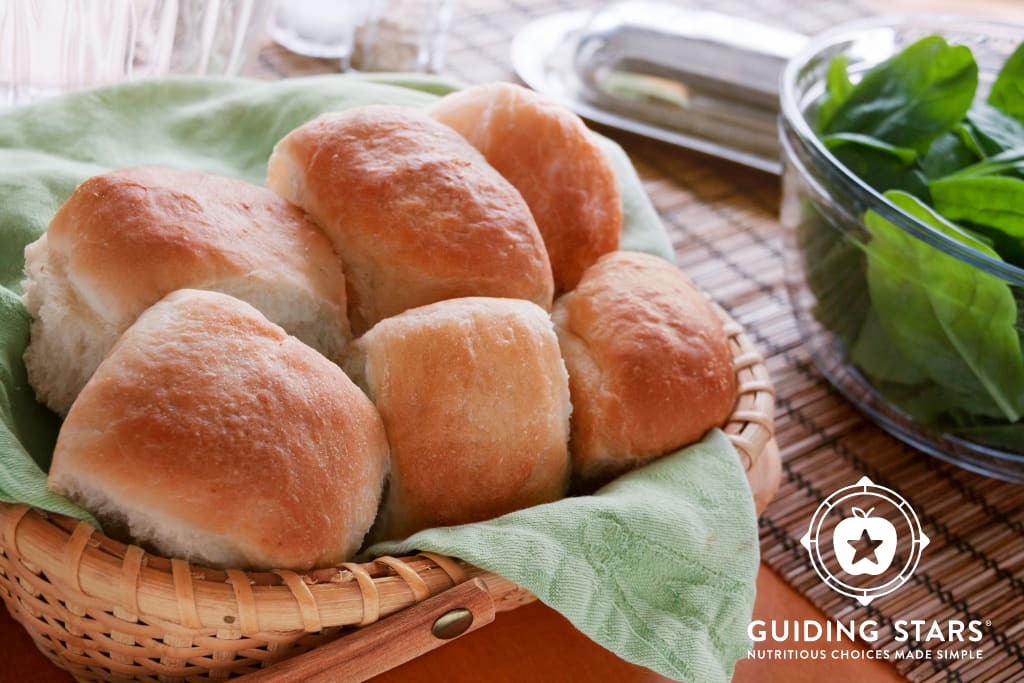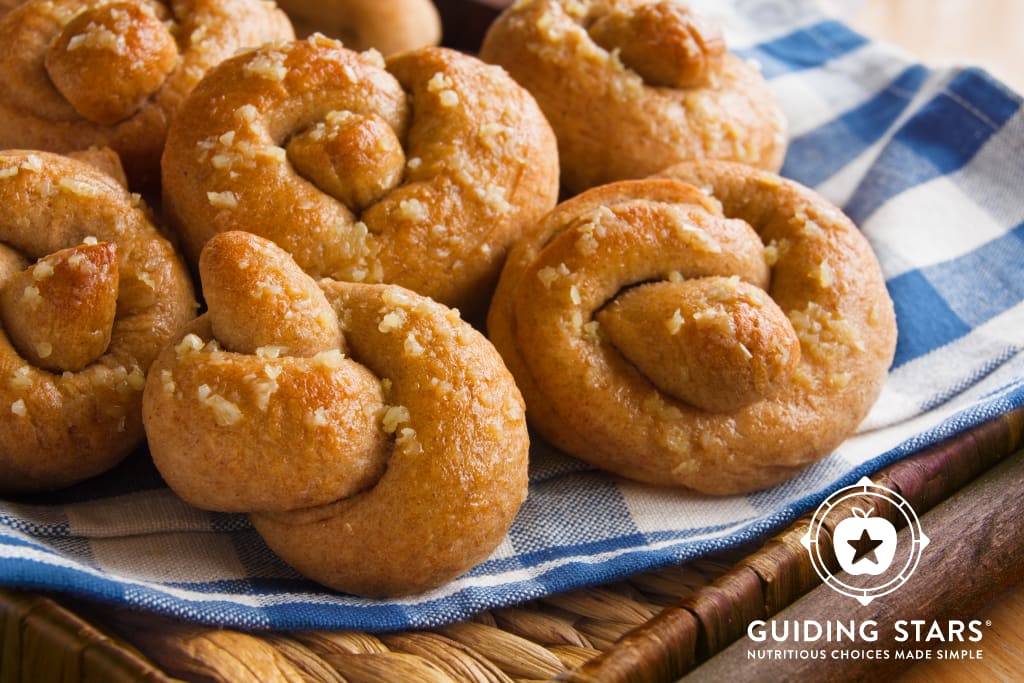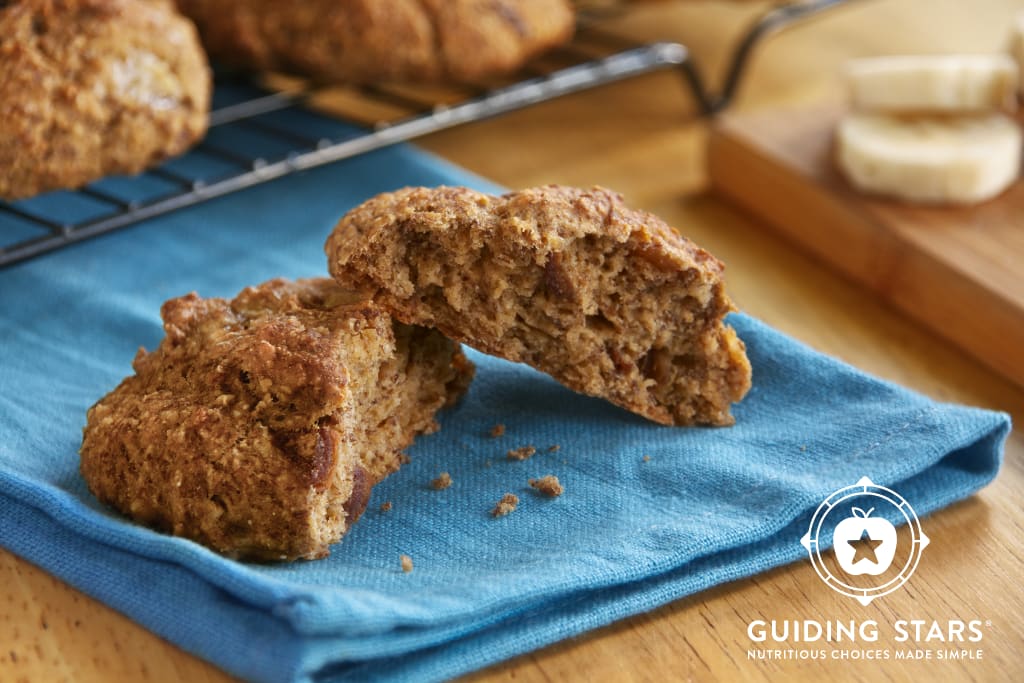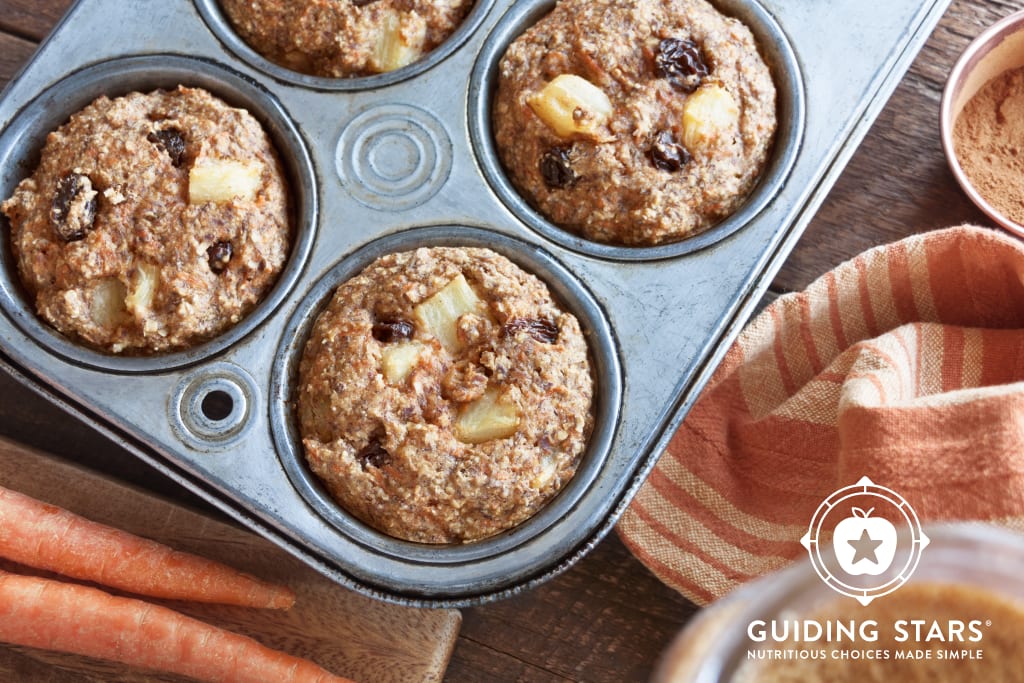In my retail dietitian role, I often run into folks who are trying to move from packaged breads and boxed baking mixes toward developing their own breads and baked goods. As someone who considers herself a decent cook, but not a baker, I always admire the commitment to food science that these individuals are embracing in their home kitchens.
Often, in their effort to make nutritious breads and baked goods in their home, people ask me about using whole wheat flour or adding chopped nuts, seeds or even dried fruit to their recipes. I admire their desire to level up their recipes, but also appreciate the concern that they may only create dense, inedible breads, muffins, and more.
There are a couple of things to keep in mind when trying to improve the nutritional benefit of baked goods while maintaining the taste and texture you’re seeking.
Whole Wheat Pizza Dough
An even split between whole wheat and all-purpose flour makes this pizza dough work.
View recipe »Vital Gluten
Possibly you’ve seen vital wheat gluten on store shelves and wondered what it is and how to use it at home. Gluten is the main ingredient in wheat flour. To make and package vital wheat gluten, manufacturers combine flour and water to create a dough and then remove the starch from the dough to isolate the gluten. Once isolated, the gluten can then be dried, packaged, and made available to you, the home baker. So, what does this isolated gluten do for you? If you are making breads with denser, low-protein flours like whole wheat or rye or adding heavier ingredients like nuts and seeds, adding a tablespoon of vital gluten can “lighten” your bread, improve texture, and help that bread rise higher.
White Whole Wheat Flour
We know that it’s a good thing to add whole grains to our day, but choosing our baked goods as a source of those whole grains is usually not our first choice. Indeed, whole wheat flour can change the taste and texture of our favorite breads and cookies. Enter white whole wheat flour, the whole grain that can be used as a substitute for all purpose flour in many recipes. A 100% whole grain flour, white whole wheat is rich in vitamins, minerals and fiber like red whole wheat flour, except that it’s naturally white (not bleached). I love this breakdown from King Arthur Flour that explains how to substitute white whole wheat flour for all purpose in different recipes. With these guidelines, you can make your own whole grain breads and baked goods at home.
What about gluten free breads?
Baking gluten-free breads at home presents a unique set of challenges. I strongly recommend finding recipes from trusted resources and following those recipes with precisely measured ingredients.
There are a few things to consider:
- Adding flour made from dehulled and puffed buckwheat, a gluten-free ancient grain, may improve texture and elasticity of gluten free dough.
- Alternative flours made from chickpea, almond, or coconut are naturally gluten free and can be incorporated into a variety of recipes.
- Don’t forget the xanthan gum! If you are baking with a low-density flour such as rice or coconut, which may crumble, you’ll need xanthan gum to hold the dough together.
Better Baking with Guiding Stars
Soft Whole-Wheat Dinner Rolls
White whole wheat flour is paired with cake flour for the best texture in these rolls.
View recipe »Secret Weapon Bread Dough
The mix of complicated flours in this bread dough provides extra fiber and protein.
View recipe »Easy Banana Bran Breakfast Cookies
Quickbreads and batters are good places to use 100% whole wheat.
View recipe »Carrot Cake Flax Muffins
Carrot cake is a delicious recipe for including the flavor of whole wheat flour.
View recipe »